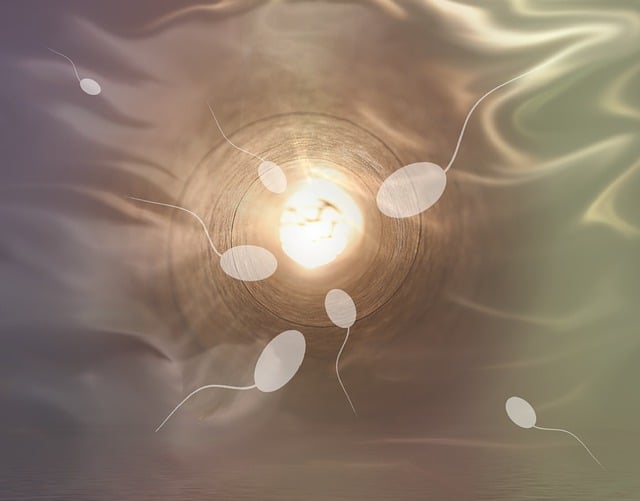In the quest for parenthood, many couples find themselves exploring the options of in vitro fertilization (IVF). One couple, Sarah and Jason, faced this journey firsthand. At just 25 years old, Sarah learned that due to her ovulation issues, IVF was their best shot at having children. Initially hesitant, she soon discovered the benefits of elective single-embryo transfer (eSET).
“I thought it was a brilliant idea,” Sarah shared. “The last thing I wanted was to have multiples.”
During her first IVF cycle, they opted to transfer one of the five embryos created and froze the rest. To their delight, Sarah became pregnant on her second attempt, welcoming their daughter, Lily, into the world. Recently, they thawed another embryo, leading to the joyful birth of their second daughter, Mia.
More and more fertility clinics are advocating for single-embryo transfers to minimize the risk of multiple births. According to Dr. Lisa Thompson, a leading fertility specialist, the rate of triplet births has significantly declined thanks to the promotion of eSET. “Our aim is not just to achieve pregnancy but to ensure a healthy outcome for both mother and child,” she noted.
The recent news of a woman giving birth to octuplets raised eyebrows and concerns within the medical community. Dr. Thompson emphasized that responsible practices are essential in the field of fertility. “We strive to set a standard of care that reflects well on our profession,” she said.
Recommendations for Single-Embryo Transfer
For women under 37 with viable embryos, doctors typically recommend transferring just one embryo during the first IVF cycle. This method has shown around a 60% success rate in achieving pregnancy, aligning more closely with natural conception.
Educating patients about eSET can be challenging, especially for those who have faced years of infertility. “After so much time trying to conceive, the idea of wanting twins can be tempting,” Dr. Thompson explained. “But it’s important for couples to understand the high risks associated with multiple births.”
In cases where eSET is unsuccessful or when embryos aren’t ready for transfer at the ideal stage, doctors may consider transferring two embryos. For patients over 40, transferring three or more embryos might be necessary due to lower overall pregnancy rates in that age group.
The Financial Aspect of eSET
Interestingly, patients whose insurance covers IVF treatments are more inclined to choose eSET, as it tends to be more cost-effective. Research from Dr. Emily Johnson has shown that when financial concerns are removed, many couples prefer the single-embryo option.
Sarah and Jason still have several embryos stored for future use, as they plan to expand their family even more. If you’re interested in learning more about your fertility options, check out resources on intrauterine insemination and other assisted reproductive technologies.
Conclusion
In summary, elective single-embryo transfer represents a responsible approach to IVF that minimizes the risk of multiple pregnancies. By focusing on healthy outcomes for both the mother and the child, this method exemplifies a thoughtful path toward building families.

